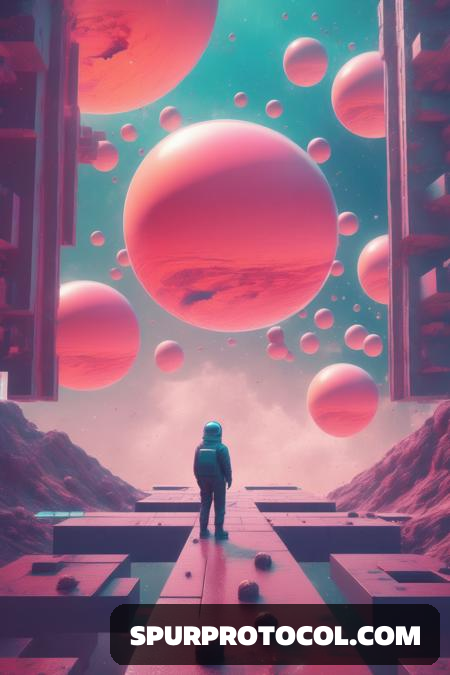Cryptocurrency And Art
What you should know about Cryptocurrency and Art
Go Back
🕒 9:59 AM
📅 Mar 30, 2025
✍️ By KingWasberryBest
What you should know about Cryptocurrency and Art
Go Back
🕒 9:59 AM
📅 Mar 30, 2025
✍️ By KingWasberryBest
Cryptocurrency and art have intersected in various ways, creating new opportunities for artists, collectors, and enthusiasts. Here are some examples:
Digital Art and NFTs
1.Non-Fungible Tokens (NFTs): Unique digital assets stored on a blockchain, representing ownership of a specific artwork.
2.Digital Art Marketplaces: Platforms like SuperRare, Rarible, and OpenSea allow artists to create, sell, and trade digital art.
3.CryptoArt: A movement that combines cryptocurrency, blockchain technology, and digital art.
Art and Cryptocurrency Collaborations
1.Art Blocks: A platform that collaborates with artists to create unique, algorithmically generated digital art.
2.CryptoKitties: A blockchain-based virtual pet collectible project that combines art, gaming, and cryptocurrency.
3.Decentraland: A virtual reality platform that allows users to create, experience, and monetize content and applications, including art.
Physical Art and Cryptocurrency
1.Tokenized Art: Physical artworks are tokenized, allowing multiple owners to share ownership and provenance.
2.Art Investment Platforms: Platforms like Masterworks and ArtSquare allow investors to purchase shares of physical artworks, using cryptocurrency as a payment option.
3.Cryptocurrency-Powered Art Galleries: Physical galleries that accept cryptocurrency as payment for artworks.
Artists Exploring Cryptocurrency and Blockchain
1.Beeple: A digital artist who creates 3D graphics and animations, often incorporating cryptocurrency and blockchain themes.
2.Kevin Abosch: An artist who explores the intersection of art, technology, and cryptocurrency.
3.Robbie Barrat: A digital artist who creates AI-generated portraits, often sold as NFTs.
Challenges and Opportunities
1.Scalability and Adoption: Widespread adoption of cryptocurrency and blockchain technology is needed for the art world to fully benefit.
2.Regulatory Clarity: Clear regulations and guidelines are necessary to ensure the legitimacy and value of digital art and NFTs.
3.New Business Models: Cryptocurrency and blockchain technology enable new business models, such as fractional ownership and community-driven art projects.
Future of Cryptocurrency and Art
1.Increased Adoption: Growing adoption of cryptocurrency and blockchain technology will lead to more art-world applications.
2.New Forms of Art: Cryptocurrency and blockchain technology will enable new forms of digital art, such as interactive and immersive experiences.
3.Democratization of Art: Cryptocurrency and blockchain technology will democratize the art world, providing more opportunities for artists and collectors to participate.